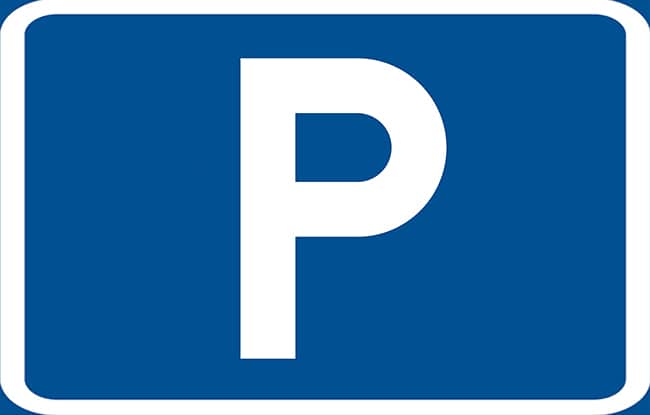The stately rauks on the beach at Klajvika are without a doubt the most photographed rauks on Gotland. The Raukarna are also depicted on the back of the Swedish 200 kronor banknote. But Langhammar's nature reserve has so much more to offer than raukar. The 480-hectare nature reserve includes the Langhammars themselves, which stand out as a 2.5-kilometer-long peninsula between Aursviken in the west and Tällevika in the east, but also the alvar fields closest to the south of Langhammars.
To the west, the reserve borders the lakes Bondansträsk and Norrsund, which form remnants of the former strait that once divided Fårö into a western and an eastern part.
Geology
The bedrock in the area consists alternately of stored limestone and reef limestone. In the southern part of the reserve, the ground cover is thin, and in many places the slab is exposed. In the northern part of Langhammars in particular, however, the rock is largely covered by beach gravel and cobblestones, and along the beach from Bondansträsk to Grunnsänden runs a strip of cobblestone embankments up to 300 meters wide. On the beach slope above Klajvika are about 50 rauks, some of which are more than 8 meters high and shaped like statues. The Rau area in Langhammar is without a doubt one of Gotland's most beautiful!
Vegetation
The vegetation on Langhammar and the land to the south is strongly characterized by the fact that the area has been grazed by sheep for a long time. Mainly in the southern part of the reserve, the landscape has almost the character of a slightly broken savannah landscape, where pine groves alternate with barren, heathy elm areas and smaller areas with slightly more lush wet meadows. In the central part of Langhammar, the rocky ground is largely covered by low, creeping juniper bushes, which have been disciplined by sheep and wind.
Birds and other animals
Naturally, the barren lands within the reserve do not have a particularly rich bird life. The breeding birds, however, include herring, silver terns, heather and red-throated divers. Adjacent to wetlands of various kinds, you often see snakes meandering away. The insects that you can meet in the area include apollo butterfly, blue-winged grasshopper and giant wood buck.
Attraction
At this rauk field there is a special rauk, the so-called "Guldstugan".
If you want to read about it, you can do it here.
Regulations
For everyone's well-being and in order to maintain the reserve's natural and cultural values, it is important that all visitors show consideration. In addition to the right of public access, it is not permitted to:
- digging, chopping, chiseling, drilling or otherwise damaging land, solid rock or blocks,
- move or remove stone, block or fossil,
- drive or park a motor vehicle off designated roads and parking spaces,
- set up a caravan or spend the night in a motorhome,
- make an open fire other than in specially prepared fire places.
Source: Gotland County Administrative Board - 2022-01-20
Access to: Barbecue area, Picnic table and Toilets (Handicapped accessible)














